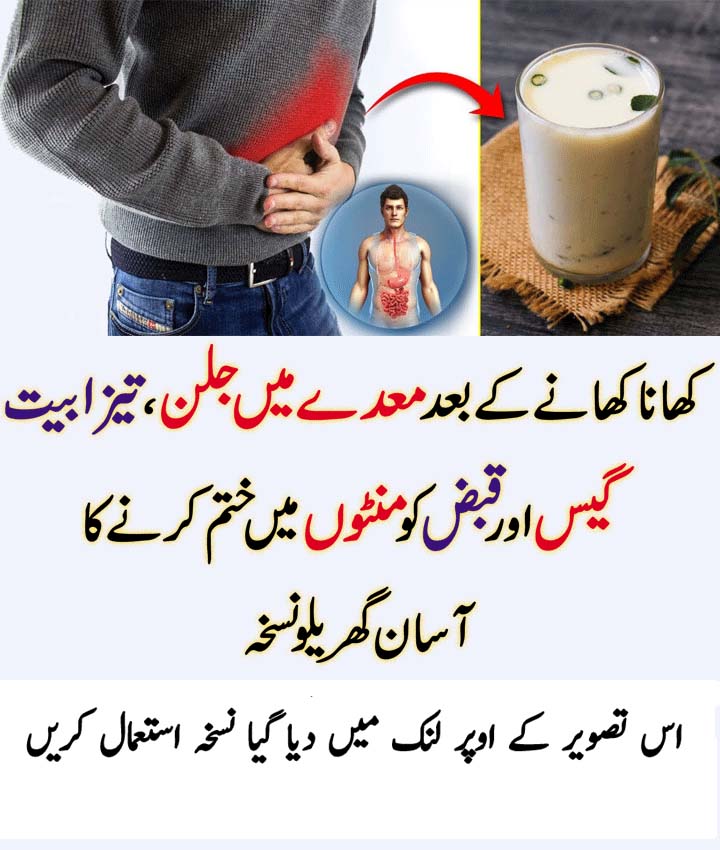London: Heart palpitations, dry skin and soreness in the mouth aren’t necessarily symptoms you would associate with iron deficiency. But they’re among the common signs you’re missing this essential nutrient a condition affecting up to eight in 10 people worldwide, according to the World Health Organisation.
Iron is vital for transporting oxygen around the body and keeps the immune system healthy as well as reducing the risk of heart and lung conditions. The UK Government’s Scientific Advisory Committee on Nutrition suggests women aged 35-49 years, girls aged 15-18, toddlers aged one to two, and men aged 65 and over are most at risk of not getting enough of the mineral.
Signs of Iron Deficiency Anemia
How to Get Rid of Fatigue Naturally
Iron Deficiency Causes and Treatment Naturally
Iron Deficiency Anemia Causes and Treatment
And a rise in vegetarian and vegan diets could be partly to blame for the common condition, as it is easier for the body to absorb the iron found in meat. Experts say another reason iron deficiency is so widespread – despite it being relatively easy to treat – is that doctors often miss its common symptoms.
Anna Magee speaks to leading nutritionist Greg Weatherhead for Healthista to find out how to spot nine tell-tale signs you might be in need of more iron:
1. You’re always exhausted
This is one of the most common signs of iron deficiency because iron is responsible for the transportation of oxygen to all body tissues. Too little iron in the body deprives the tissues of energy, leaving you exhausted as your body tries to take energy from wherever it can.
In fact, research published in the Danish Medical Journal in 2014 suggested that of patients that were critically iron deficient, almost half experienced physical tiredness as their key symptom.
The good news was that the same research found that supplementation with iron was significantly effective in relieving symptoms.
2. Shortness of breath
Those low levels also mean the body can’t transport enough oxygen to the muscles and tissues effectively and this can manifest as shortness of breath, during exercise or even everyday activities such as climbing stairs. In fact, according to the NHS website, shortness of breath, along with pale skin, tiredness and heart palpitation are among the most common symptoms of iron deficiency.
3. You have pale skin (or a pale tongue)
Pale skin is quite typically associated with low iron levels and anaemia. But even if your skin isn’t pale, there is another key check you can make – pull down your inner eyelid and take a look in the mirror. ‘Paleness in general, whether it’s the skin, nails, eyelids or any other area can indicate low iron levels,’ says Greg Weatherhead.
‘This is due to low levels of haemoglobin which carries oxygen from the lungs, which helps to give the blood its red colour.’ Iron is an essential part of haemoglobin which carries oxygen from the lungs, transporting it throughout the body. Without enough iron, the body can’t make enough healthy oxygen-carrying red blood cells, leading to that tell-tale pallor.
If you’re still unsure, check out your tongue. A study published in 2010 in the journal PLOS One found that tongue pallor was the most common indicator of iron deficiency anaemia, even more than facial pallor.
4. Restless Legs
Restless Leg Syndrome (RLS) is an overwhelming desire to move the legs and it’s something that usually gets worse in the evenings and at night. It can cause an unpleasant crawling sensation in the feet, calves and thighs, and occasionally the arms are affected too.
While studies have confirmed that those with RLS often have difficulty absorbing the iron in their diets, a study published in 2009 in the journal Sleep Medicine found those with RLS who took iron orally for 12 weeks had significant improvements in their symptoms.
5. Headache and dizziness
The lack of haemoglobin in the blood that iron deficiency causes mean not enough oxygen reaches the brain, causing its blood vessels to swell and create pressure, resulting in pain, explains Greg Weatherhead. And, if you get menstrual migraines or headaches, research from 2010 suggests you might need to get your iron levels checked.
The study, from University Hospital, Zagreb, found that menstrual headaches and migraines were common symptoms in women who also had iron deficiency. Low iron levels may also have an impact on our mental health, asserts Greg Weatherhead.
‘Anxiety, panic attacks, mood swings, depression and a lack of concentration can all be symptoms of iron deficiency too,’ he said.
6. Brittle nails
‘Low levels of iron can cause nails to become more brittle,’ says Greg Weatherhead. ‘This is usually accompanied by other symptoms such as fatigue and pale skin.’
‘The more serious iron deficiency anaemia has a more significant impact on our nails with them becoming concaved and looking as though they scoop away from the finger, like a spoon – this is a tell-tale sign of iron deficiency,’ says Weatherhead



